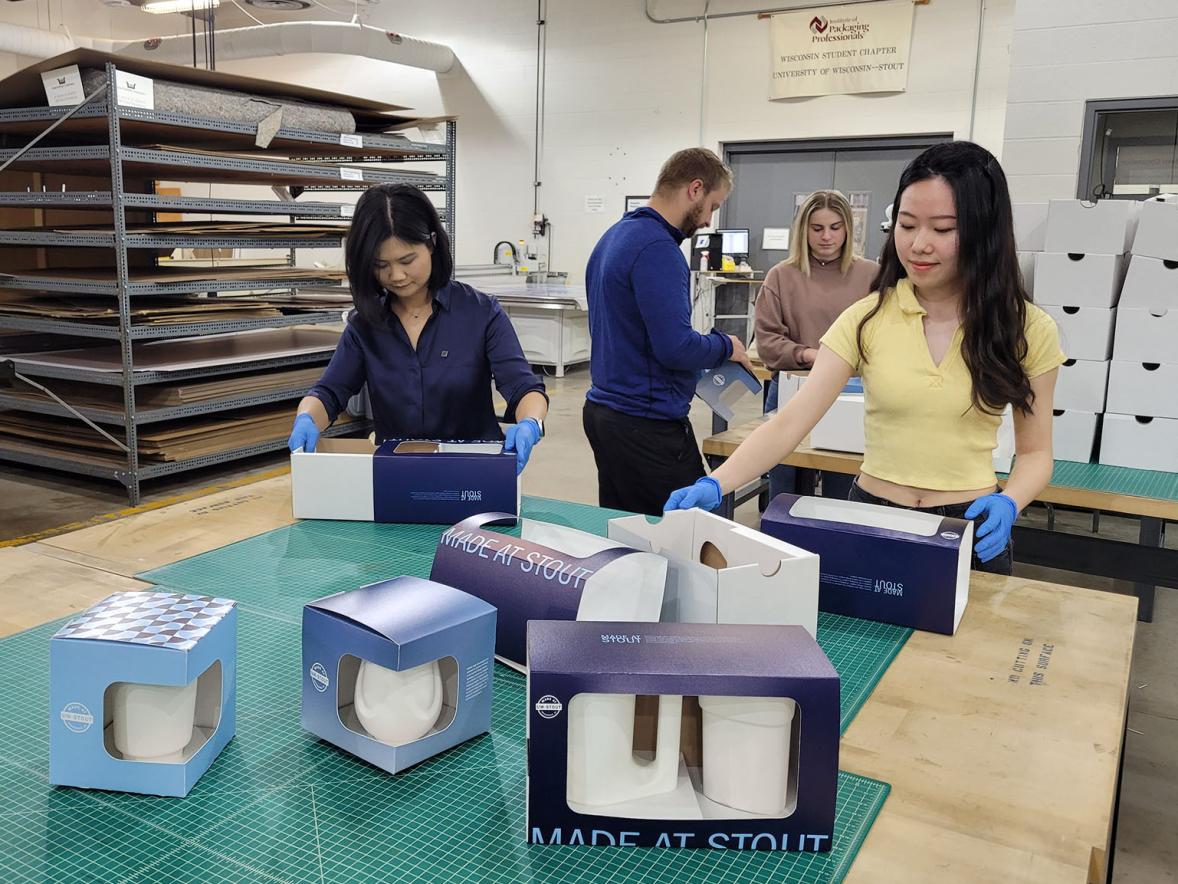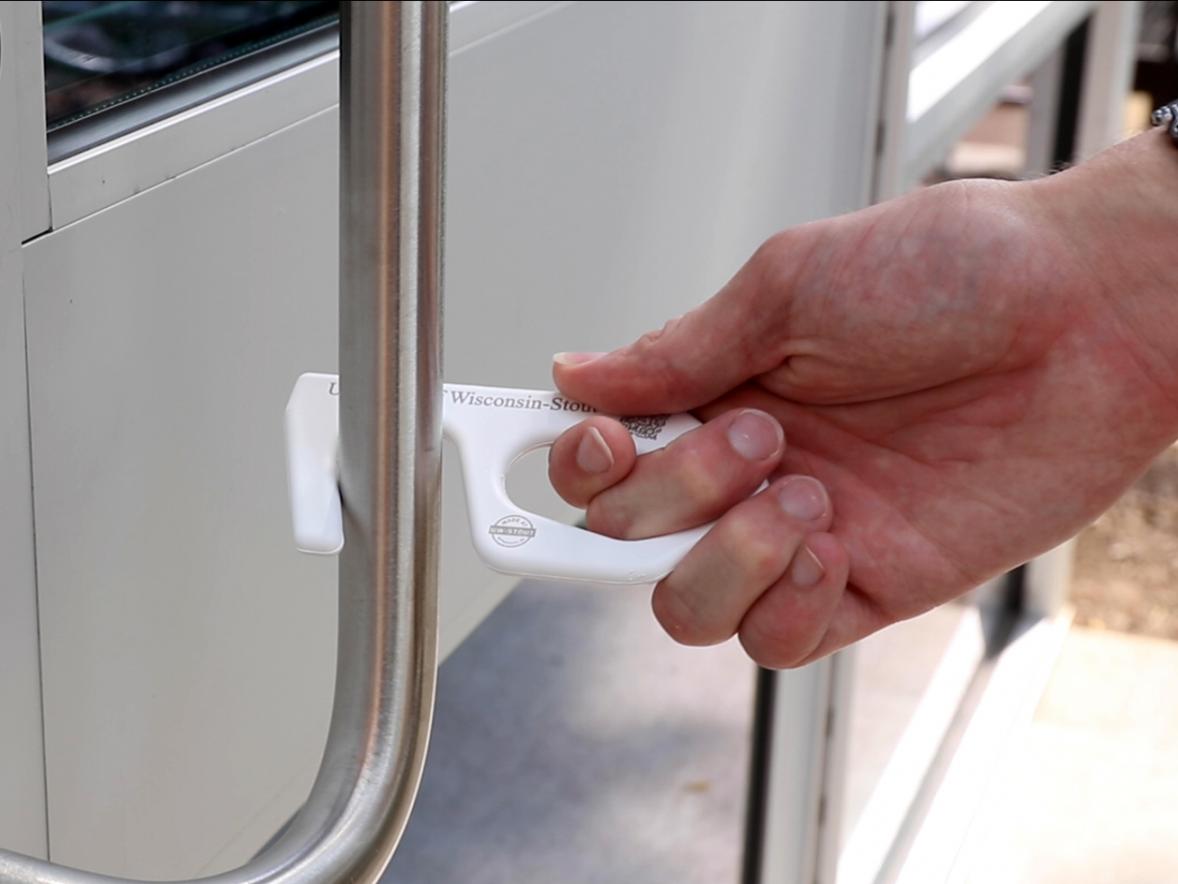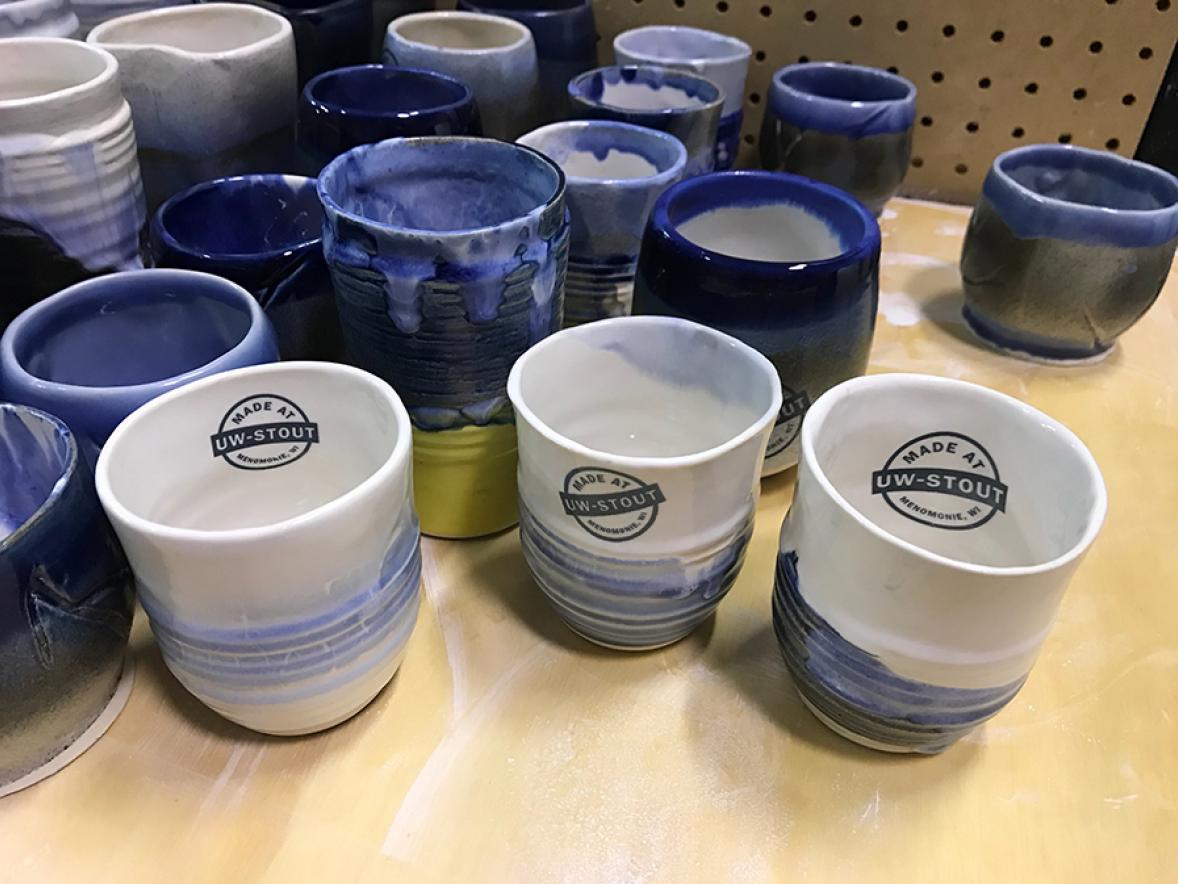Over the next several months, a team of UW-Stout faculty and students will be working in an unfamiliar lab space to create gifts that will be handed out at a special event this fall.
Industrial design Program Director Jennifer Astwood is guiding three students as they prepare 400 Made at UW-Stout porcelain mugs for industry partners and guests attending Chancellor Katherine Frank’s investiture ceremony on Friday, Oct. 14.
Astwood is joined by sophomores Amelia Dobbratz, of Fond du Lac; and Jordan Jentsch, of West Bend; as well as Leo Lickfold, of Shakopee, Minn., who graduated in May.
Each student presented the chancellor with two mug prototypes, with the idea that one from each would be produced. However, Frank decided they should execute both of Lickfold’s designs, so four mugs will be presented at the investiture.
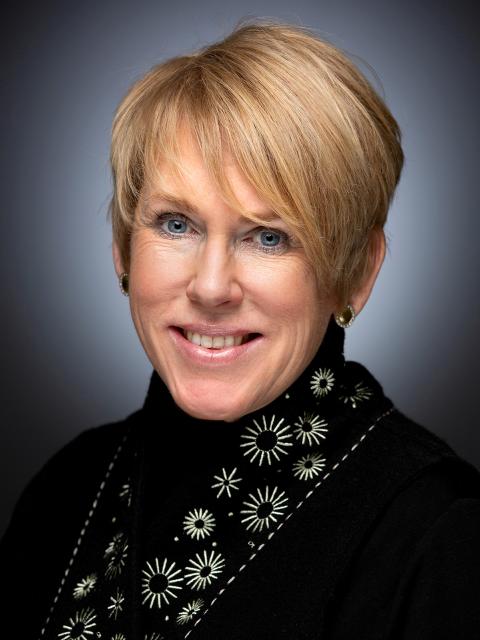
Astwood’s team is collaborating with graphics and packaging faculty and students to design and produce packaging for the mugs.
“Collaboration, team-based learning, innovation and problem-solving are reflected in this project,” Frank said.
“Faculty and students from a variety of disciplines have worked together to make this project successful. I have watched our faculty use this project as a learning experience for their students and apply guidance in such a way that empowers student learning and leads to success.
“And, as occurs on a regular basis at UW-Stout, I have been amazed by students’ ideas, professionalism and final products,” she added. “This project has allowed me to observe how the ‘magic’ happens at UW-Stout both in and out of the classroom and why our students are in such high demand by employers even before they leave our university.”
Applied learning in large-scale production
Astwood and the students began to create the mugs in early April. Using a slip cast process, molds were created of the designs, and liquid porcelain was poured into the molds. When the porcelain – a specialized type of ceramic – dried, the mugs were pulled from the molds. Later, they will be fired in a kiln and glazed with versions of UW-Stout blue and white gloss, with the Made at UW-Stout logo and designers’ identifications.
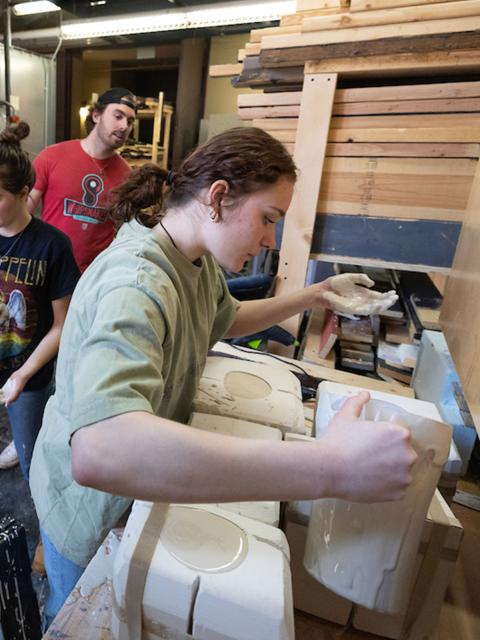
Usually, industrial design projects are completed in the School of Art and Design’s labs in the Applied Arts Building.
However, for this project, the team headed across campus to the Harvey Hall Theatre scene shop, working backstage in a far different setting, among stacks of plywood and small workbenches, as they needed a dedicated space.
The Industrial Design Lab and Ceramics Studio were in use, and as no theater productions were scheduled, the scene shop fit their needs.
This is the second time Astwood has led a large-scale porcelain pour for a university event. In 2019, she and five industrial design students created about 450 mugs for industry and education partners at the Polytechnic Summit and a WiSys symposium held on campus.
The designs for the investiture will be more consistent than previously, through a controlled and designed venture, Astwood explained.
“The students’ designs are more complicated this round. And with an executed vision approved by the chancellor, it is awesome in letting the students project their own vision and strengths in the process,” she said.
Dobbratz, Jentsch and Lickfold designed mugs with different themes based on their interests and UW-Stout’s mission.
“Their designs tell the story of the university,” Astwood said.
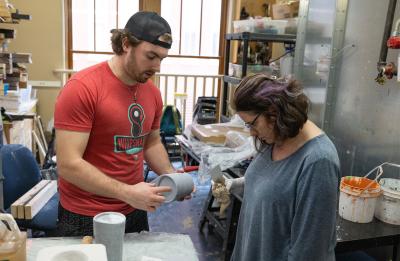
Lickfold wanted his designs to have a minimalistic look and comfortable fit – one features a sturdy handle and the other is asymmetrical for easy gripping. He spent two hours designing his models on the computer and then built them with a 3D printer, which took 17 to 18 hours to print.
“In industrial design, I get to ask, ‘Why is it this way – why can’t it be something else?’ I wanted to challenge the form of what a mug could be and let the form tell the story,” Lickfold said.
“Stout has a different way of teaching in its polytechnic model. Our ideas are pushed from first ideation to 16th step, and the instructors believe we’re more than we think we can be,” he added.
Dobbratz and Jentsch hand-lathed their initial models, then hand-carved and attached handles to their mugs, taking about eight iterations to perfect their designs.
Dobbratz’s mug represents UW-Stout’s polytechnic roots, combined with art and design, she said. With an impression of a flame curling around the mug, representing the three tenets of collaboration, career focus and applied learning, it also represents Blue Devil athletics.
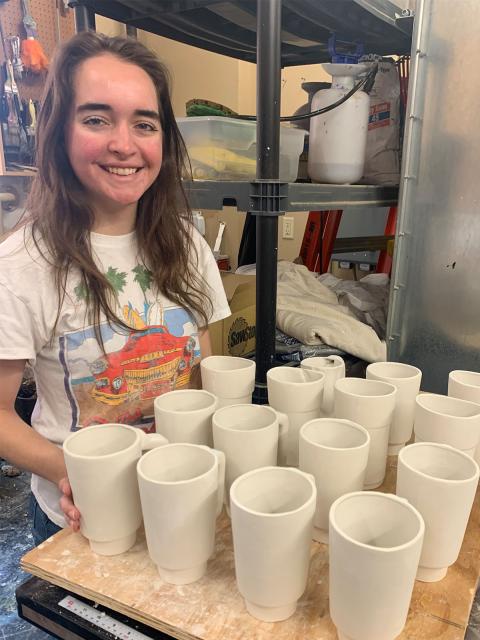
Jentsch’s mug has a travel-cup style and ergonomic handle made to fit in any cup holder and an industrial-looking form, as she wanted it to appeal to industrial engineers.
“STEM is a big component of the university,” she said.
“My mug’s form is symmetrical, basic and geometric. It speaks to the perfection of math and science. Industrial design gives us collaboration experience we can bring forward into our careers. It pushes us to think analytically. It’s a combination of math, graphic design, packaging and marketing.”
Dobbratz agreed. “Industrial design includes all aspects of programs at Stout. We’re in the School of Art and Design, but we have engineering experience too.”
One round of mugs has been bisque fired – the process which strengthens ceramics in preparation for glazing. This summer, Astwood will work with two more industrial design students – Maggie DeChant of Tomah and Lauren Jaunich of Delano, Minn. – to cast, bisque and glaze the rest of the mugs in preparation for packaging.
Collaboration across four programs for finished product
Astwood’s team is working with Associate Professor of packaging Min DeGruson and Chad Nyseth, graphic communications instructor and lab manager. They supervised seven students who developed three packages to adequately protect the mugs and designed graphics to showcase the products.
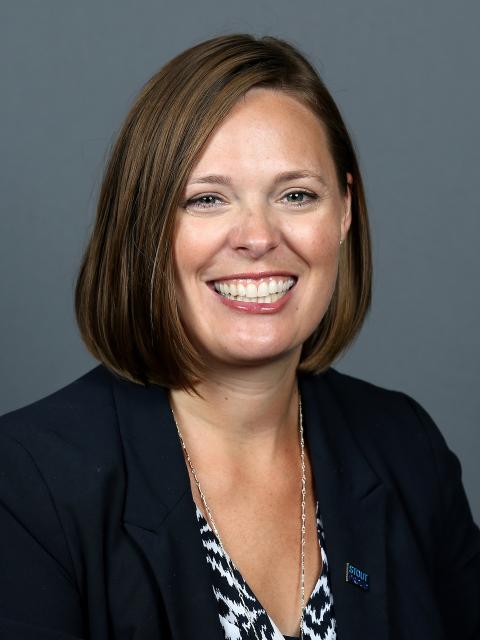
Head of Staff Kristi Krimpelbein, who is helping to coordinate the investiture events, believes the collaborative approach allows students and faculty to work across disciplines to create a finished product.
“The project provides students an applied learning opportunity to work through all phases of the process. It is a tangible way to demonstrate UW-Stout’s polytechnic mission,” she said.
Four graphic communications seniors in their capstone course – Grant Dejno, of Neenah; Kayla Peplinski, of Amherst; Matthew Smith, of Waterford; and Bailey Tobiason of Anoka, Minn., met with packaging students Abbey Dahlseng, of Stevens Point, and Ben Lindgren, of Medford; and graphic design and interactive media student Starr Gong, of Altoona, to brainstorm ideas.
“Our four programs of study overlap in a number of ways, so the chancellor’s investiture mug project allowed students from multiple programs to work side by side to apply their specialized knowledge and skills to a project, just as they would in an industry setting,” Nyseth said.
“All of the students came away with a new appreciation for their peers’ contributions. Students in technical disciplines learned from students in artistic disciplines and vice versa and now have a better understanding of how aesthetics and engineering must come together to both showcase and protect any packaged item,” he added.
After seeing prototypes of the mugs, Dahlseng and Lindgren designed packaging structures in the Packaging Lab, using ArtiosCAD Packaging Software donated by industry partners. Gong designed the graphics, adhering to the university’s branding guidelines, using the set color palette and typeface, as well as the Made at UW-Stout logo.
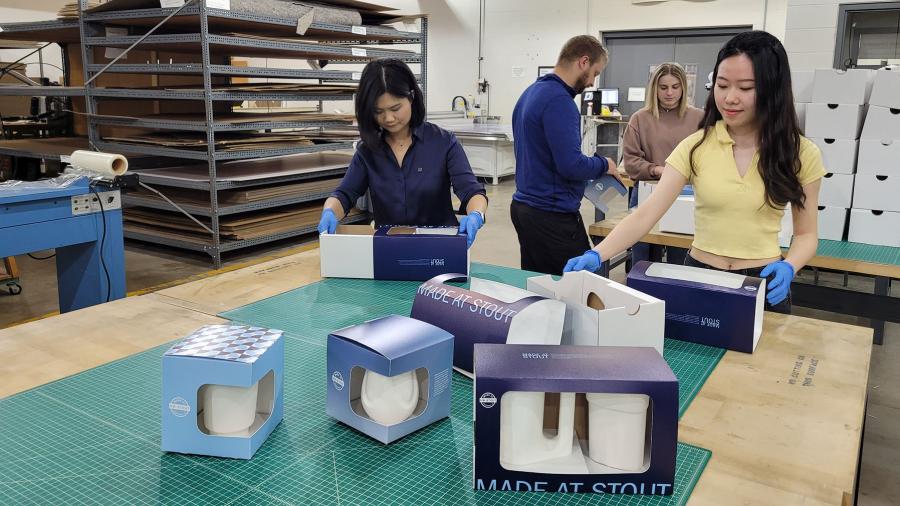
The team went through at least five packaging and four graphics ideations before deciding on three models.
“I wanted to create something new and different by playing with the existing guidelines while remaining consistent,” Gong said. “The graphics look like Stout.”
She used patterns and gradients to match the feel of Dobbratz’s and Jentsch’s mugs and made the logo more prominent on Lickfold’s packaging graphics, as she enjoys working with typography.
Using the GCOM lab’s large-format UV inkjet printer, the GCOM students printed several packaging prototypes, which Dahlseng and Lindgren then cut on a Kongsberg digital cutting table in the Packaging Lab and then folded and assembled the packages.
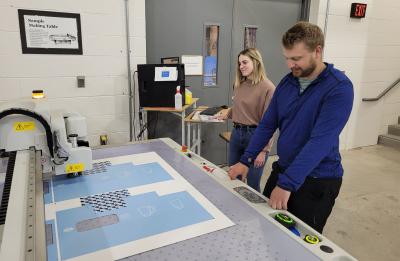
“Being able to work in the Packaging Lab, we’re able to have instant feedback. We can design and cut a package and see if it will work right away,” Lindgren said.
“It’s more efficient and beneficial to be here learning and to be able to do it ourselves versus having to go off campus,” Dahlseng added. “Within 10 minutes, we can edit a package using the software and cut it on the machine. It streamlines the process.”
After a meeting with Frank, minor artistic and structural changes were made, and the finalized packages were printed, taking approximately 12 hours. Every student enrolled in the GCOM capstone course helped to meet the end-of-semester delivery date, Nyseth said.
His students used skills related to printing large-format items such as signage and billboards, and product package printing – growing markets in the industry, he added. They also applied color management skills to ensure that the packages reflected the intended colors.
DeGruson also worked with Astwood on the Polytechnic Summit and WiSys symposium project in 2019, when the focus of the package was to protect the mugs for international traveling.
“This time, our focus shifted to design a package and opening experience to provide Chancellor Frank the opportunity to tell the story behind the project and UW-Stout’s polytechnic mission while she hands the gift to her guests,” DeGruson said.
“Team communication and collaboration are so important,” Gong said. “This has been a meaningful experience, and we’re proud to make a product that represents our school.”
The Chancellor’s Office is helping to cover the cost of making the mugs, including materials and faculty and student time in the labs.





